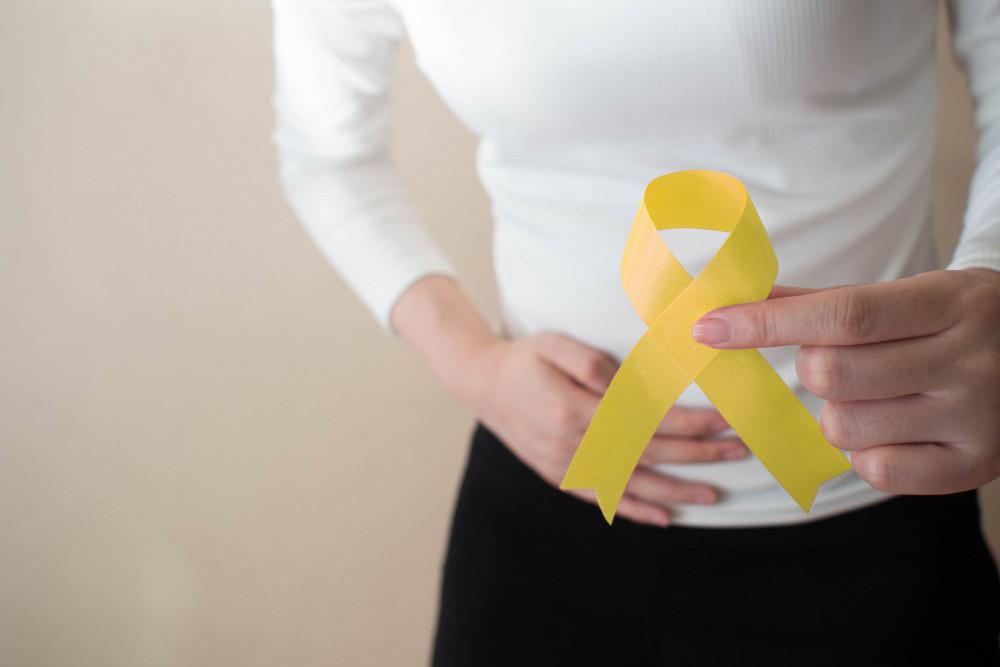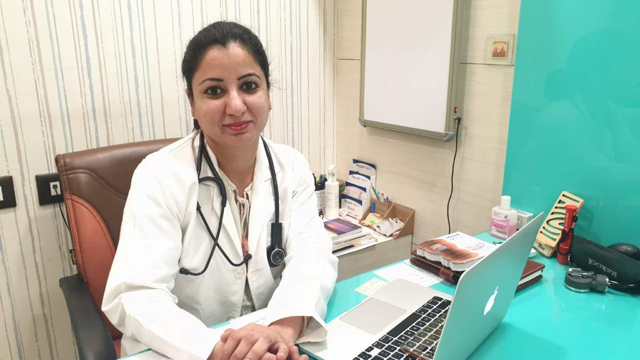By Dr Tejinder Kaur
March is identified as endometriosis-awareness month globally to raise awareness about this chronic gynaecological condition, affecting 1 in 10 women in their re(productive) age regardless of their ethnic and social background.
Endometriosis is a condition where tissue similar to the lining of the uterus (endometrial stroma and glands, which should be located only inside the uterus) is found elsewhere in the body.

Common locations of #Endometriosis are –
On the ovaries
The Fallopian tubes
On the pelvic sidewalls
The uterosacral ligaments
The Pouch of Douglas ( POD)
The rectovaginal septum
It can also be found in-
Caesarean section scar sites
Vaginal episiotomy scar sites
Laparoscopy – laparotomy scar sites
On the urinary bladder
On the bowel- intestines, colon, appendix and rectum
The most common symptom of #endometriosis is pelvic pain. Painful periods and cramping may begin before and may extend several days into the menstrual period. One may experience lower back pain too. Pain during intercourse and sometimes pain during bowel movement and urination maybe there more so during the menstrual period. One may also experience heavy menstrual bleeding or bleeding in between periods. Endometriosis is one of the known causes of #Infertility. Sometimes, endometriosis is first diagnosed in those seeking infertility treatment.
Currently, there is no screening tests for endometriosis, larger lesions involving the ovary (endometriotic cysts) and sometimes the uterus (adenomyosis) can be diagnosed on an ultrasound of the pelvis. Deep infiltrating endometriosis involving the POD can be picked up in MRI of the pelvis but not always, hence Laparoscopy is the gold standard technique for the diagnosis of endometriosis.
There are various treatment options available for endometriosis which depends on the age of the person, her symptoms, its severity and considering the fertility need of the female. Most of the time, oral hormonal pills are enough to manage the symptoms and are helpful in females not planning pregnancy. A hormonal intrauterine device(IUD ) is another option available that helps reduce pain and bleeding. In severe cases and in females planning pregnancy, Laparoscopic surgery may be required to remove the abnormal tissue.
(Dr Tejinder Kaur, DNB (OBG), MNAMS, Fellowship Reproductive Medicine, Practising in Chandigarh- Mohali- Zirakpur)

Leave a Reply